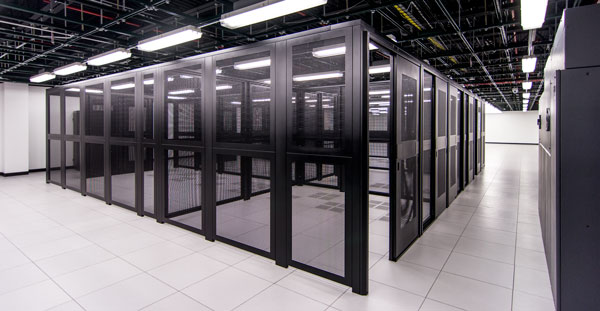The Detroit Water and Sewerage Department recently completed a $6 million modernization project designed to optimize equipment usage, improve security systems, strengthen network infrastructure while focused on green processes and efficiency in its two data centers.
The DWSD is one of the nation’s largest, providing water to Detroit and 127 surrounding municipalities, comprising 40 percent of the Michigan population. It also manages wastewater services for the city and 76 nearby communities. Its system of 7,000 linear miles of water and sewer lines includes remote pumping stations, wastewater facilities, and water treatment plants.
Uninterrupted Service
One key objective of the new system was to bring its two data centers up to industry standards for reliability, uptime, operational sustainability, and supportability. The new system is highly automated and includes applications that will deploy to meet workload demand. As a 24×7 operation, the need for a reliable IT infrastructure is paramount. To maintain that service expectation, the system now adheres to Homeland Security guidelines for critical infrastructure security and includes a hosted computer environment, redundant mechanical cooling and power systems, fiber-optic cables, and emergency backup power generators.
The new system also provides scalability to support future expansion at lower cost.
Internal Controls
Another core element of the project was to improve operational management and service reliability by providing IT metrics focused on consistency, predictability and control. The installation of sensors, specialized software, and hardware created a platform that allows for real-time monitoring and management of the interdependent systems in both the facility and IT infrastructures. With the improvements, DWSD’s data center staff can identify and mitigate risks related to system availability. The facility staff will be alerted to gaps in redundancy and have available helpful information on consumption levels and efficiency to assess the efficacy of green IT initiatives. These data center efficiency metrics include energy consumption as well as server, staff, and storage usage. In total, staff will have a more comprehensive view of the data centers.
Multi-site Complexities
With two locations for data center architecture, planning was needed to assess the structural, mechanical and electrical, and architectural specifications as well as the cabling technology of the two sites, Modeling was completed to anticipate future demands for space, power, and cooling while making the most efficient use of the new mechanical and electrical systems. In doing so, future growth to the data center is possible without the need for additional buildings, more equipment or power supply upgrades.
Technology Infrastructure
Another key aspect of the project focused on the cabling systems running throughout the data centers. The horizontal cabling systems include voice, fax, and modem services; premises-switching equipment; management connections for telecom and computers; video, keyboard, and mouse connections; and data communications. Each center included routers and switches to connect servers to the outside world. Internet redundancy was achieved through the use of two service providers.
To protect internal internet and intranet services, new network security elements were installed, including VPN, firewalls, and gateway intrusion detection. An on-site network monitoring system provides information about device support, hardware, and device discovery while off-site monitoring checks LAN and WAN performance.
Conclusion
With improved infrastructure, careful planning, and enhanced security and monitoring systems, the data center infrastructure improvements should keep water flowing to Detroit water customers unimpeded and for years to come.
Katrina is a leader in the IT industry, custom solution and innovative ideas as a product specialist for Rack Solutions
